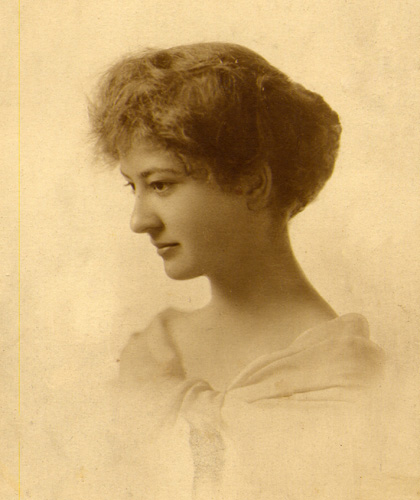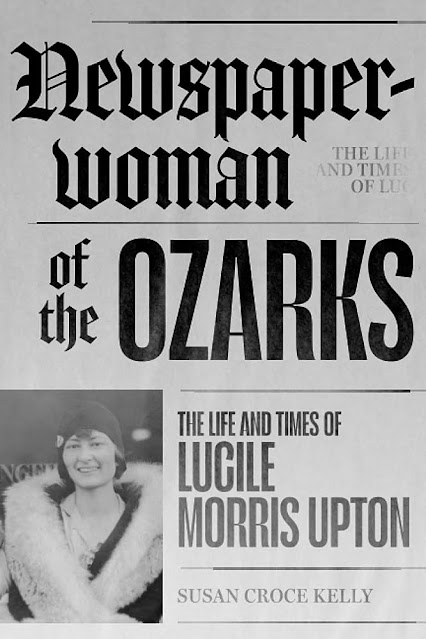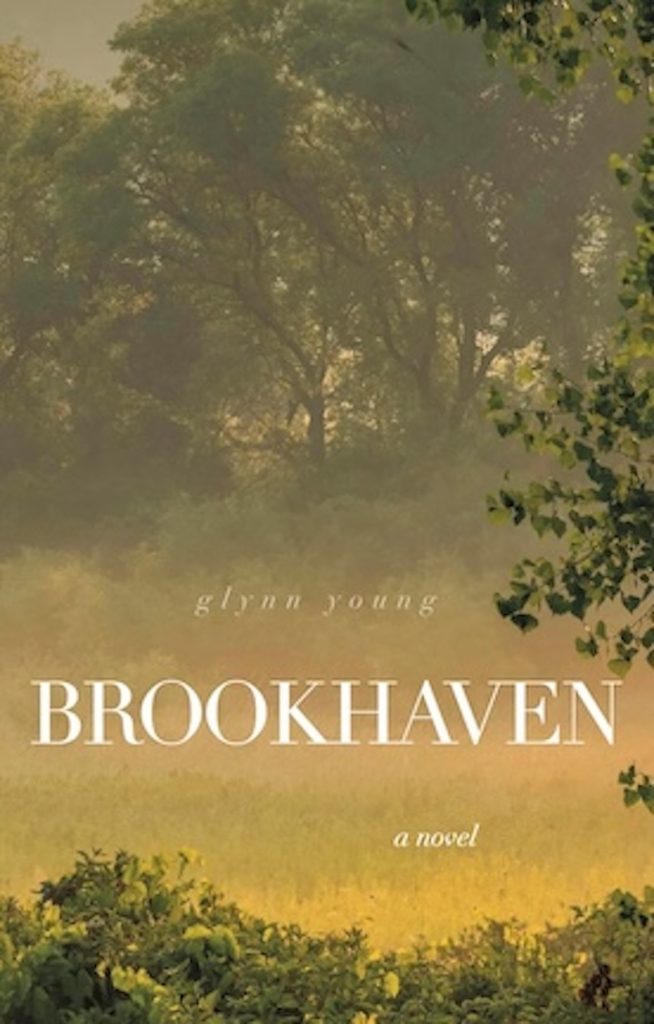
A reader of Brookhaven sent n email, asking if I modeled the McClure Lumber Company in the novel on the Pearl River Lumber Company. A great-grandfather had worked there, the reader said, and she wondered.
That I had to research the Pearl River Lumber Company to respond to her should answer the question. Or, more briefly, no.

The company was founded in 1899, building a large mill on the outskirts of Brookhaven, Mississippi. A community grew up around it and was called Pearlhaven. A rail line was built, appropriately named the Brookhaven & Pearl River Railway, and extended from Brookhaven to Monticello in the next county to the east. Coincidentally, int he novel this is roughly the road or direction that the young Sam McClure travels to reach home some months after the Civil War has ended. I even mention Monticello by name in the book.
The lumber company was eventually acquired by the Goodyear Syndicate, and the rail line was sold to the Illinois Central in 1910. The mill was closed that same year. The rail line operated for another 18 years, finally shut down in 1928.
In Brookhaven, from the 1850s Sam McClure’s family has been operating a grain mill, a lumber mill, and the general store across from the railroad depot in downtown Brookhaven. The grain mill, facing consolidation in the industry because of the growth of the big milling conglomerates like General Mills, was eventually closed and the property converted to racing racehorses. The lumber mill continued to operate, and the war in Europe increases demand for lumber and wood. I included a short scene about British and French representatives signing a contract with Sam, a contract which would lead to a major expansion of lumber operations.

But I didn’t know anything about the Pearl River Lumber Company or the associated railroad operations. The genesis of including a lumber yard in the story came from the fact that Brookhaven is part of the Great Piney Woods of Mississippi, and natural resources like wood and lumber would come to characterize the “New South” after the Civil War and Reconstruction. The South had enormous natural resources, and while agriculture would remain the major industry, it was industries like lumber that helped pulled the South out of post-war economic devastation.
While the novel had been published, the reader’s question took me back into research. I was rather tickled to discover what little I knew actually aligned very closely with the real story.

Top photo: Operations at the Pearl River Lumber Company.














